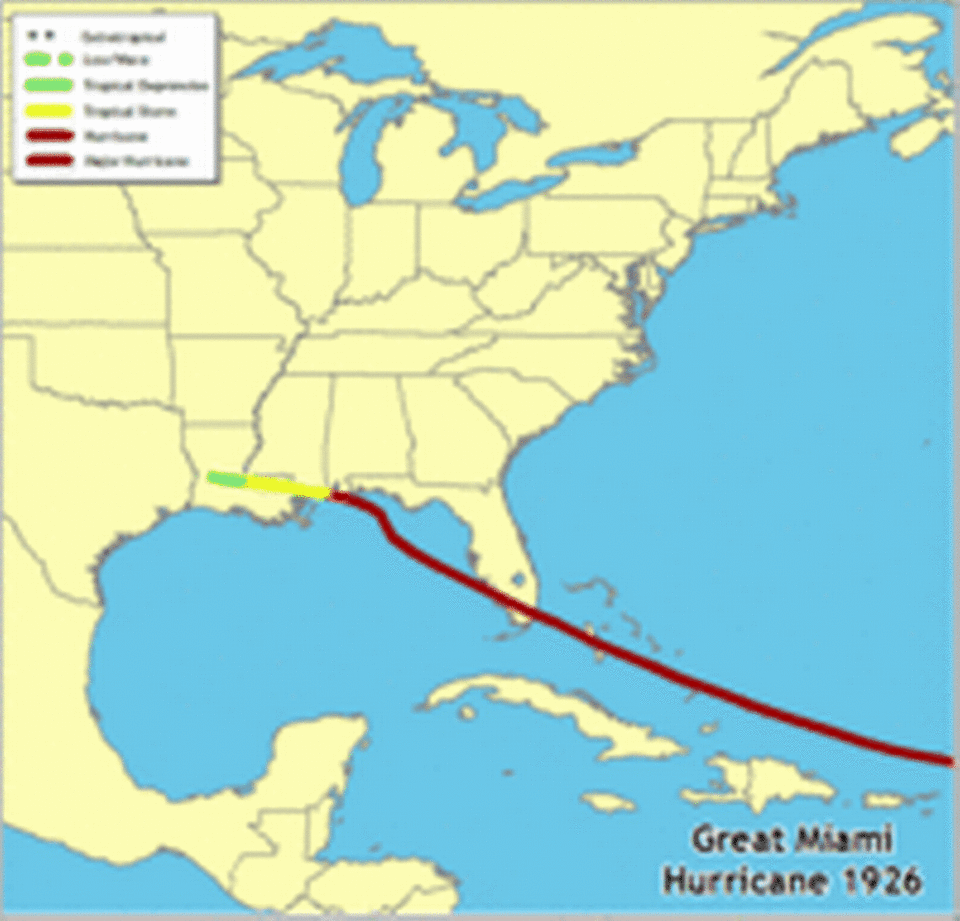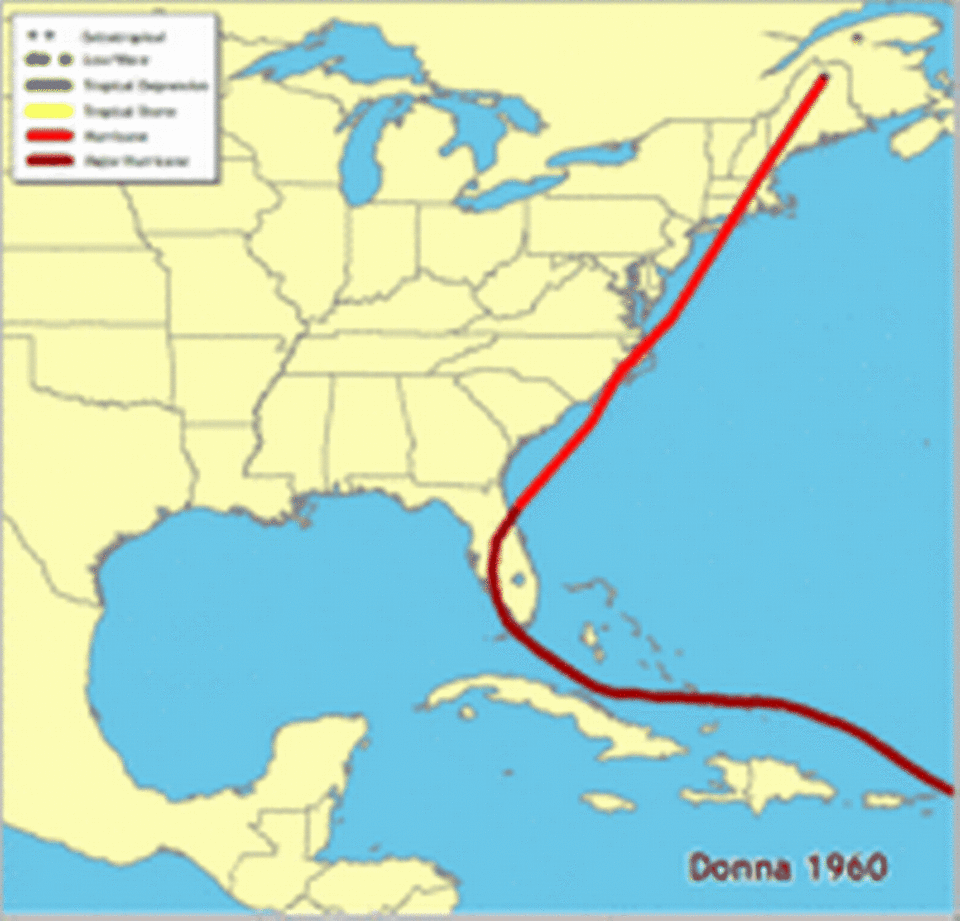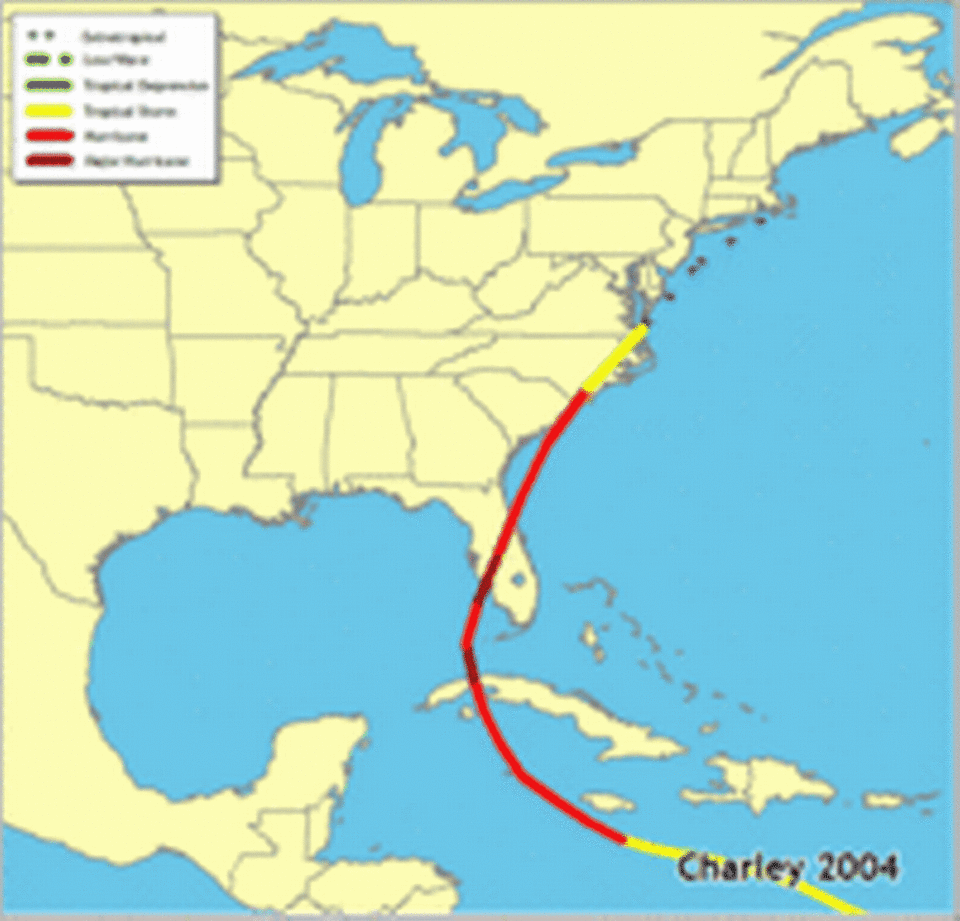Which Florida hurricane was the most deadly? What to know about storms that kill
In an address to FEMA’s staff on Thursday, a day after Hurricane Ian made landfall on Florida’s southwest coast, President Joe Biden said Ian “could be the deadliest hurricane in Florida’s history.”
READ MORE: Biden: Ian ‘could be the deadliest hurricane in Florida’s history’
As Ian churned its way through Florida, Biden followed by noting, “The numbers are still unclear. But we’re hearing early reports of what may be substantial loss of life.”
Ian’s official death toll has yet to be determined.
As of Friday afternoon, Florida officials reported more than 35 deaths linked to Hurricane Ian. Lee County Sheriff Carmine Marceno announced 16 of the storm-related deaths from the hard-hit county.
UPDATE FROM SHERIFF MARCENO|
We can confirm 21 deaths, 5 of which are not storm related.
Our hearts go out to friends & family who lost their loved one in this tragic storm.
We are here for you & we will get though this together. pic.twitter.com/dBOjjF0BaG— Carmine Marceno - Florida’s Law and Order Sheriff (@SheriffLeeFL) September 30, 2022
Earlier Friday, Kevin Guthrie, Florida’s emergency management director, listed one confirmed death in Polk County, eight unconfirmed deaths in Collier County and 12 unconfirmed deaths in Charlotte County.
READ MORE: Hurricane Ian death toll passes 35. Damage is ‘worst thing I’ve seen’
Florida’s deadliest hurricane
Here’s what the National Oceanic and Atmospheric Administration and the National Hurricane Center says about death tolls from select major storms, including Florida’s, since the nation’s deadliest so far — Galveston, Texas, in 1900, which saw tidal surges responsible for 8,000 deaths (estimates range from 6,000 to 12,000) according to NOAA.

▪ Florida’s 1928 Okeechobee hurricane is the state’s deadliest so far, second in the nation only to the 1900 Galveston storm. The 1928 hurricane’s official death toll was 1,836, but local officials estimated it was closer to 3,000, NOAA reported.
The Sept. 1928 hurricane made landfall first in Puerto Rico on Sept. 13 — the feast of San Felipe — as a Category 4 hurricane. The hurricane continued west-northwest through the Bahamas and made landfall near Palm Beach on Sept. 16. The hurricane then turned north-northeast over the Florida Peninsula on Sept. 17 before cresting along eastern North Carolina on Sept. 19, 1928.
More Florida hurricane death tolls
The state has a long history with hurricanes. This listing is not meant to be exhaustive but touches on a number of major storms Florida has seen over the last century and how many lives each claimed.

▪ Atlantic-Gulf Hurricane 1919. This hurricane moved into the Straits of Florida on Sept. 9, 1919. As a Category 4, its eye passed just south of Key West and the Dry Tortugas on Sept. 10. Death toll was estimated at 600 to 900 people but how many were from Florida is not certain because more than 500 were lost on 10 ships that either sunk or were reported missing, according to NOAA.

▪ Greater Miami Hurricane 1926. The Category 4 hurricane’s eye moved directly over Miami Beach and downtown Miami during the morning hours of Sept. 18, 1926. A storm surge of nearly 15 feet was reported in Coconut Grove and many of the people who were killed or injured had ventured outside during the lull of the storm when the eye was passing. The town of Moore Haven on the south side of Lake Okeechobee lost hundreds of people due to a storm surge. The 1926 hurricane also traveled to Pensacola on Sept. 20. “With a highly transient population across southeastern Florida during the 1920s, the death toll is uncertain since more than 800 people were missing in the aftermath of the cyclone,” NOAA said, noting that a Red Cross report lists 373 deaths.

▪ Florida Keys Labor Day hurricane, 1935. This storm reached the middle Florida Keys on Sept. 2, 1935, as a Category 5, blasting the Keys then turning northward almost parallel to the Florida west coast until it again made landfall near Cedar Key as a Category 2 hurricane on Sept. 4, NOAA reported. This storm killed 408 people in the Keys, “primarily among World War I veterans working in the area,” NOAA said.

▪ Hurricane Donna. On Sept. 10, 1960, Donna arrived in the middle Florida Keys as a Category 4, then curved northeast, crossing the Florida Peninsula on Sept. 11. Donna then hit North Carolina and the New England states. Donna was responsible for 50 deaths in the United States with 12 deaths in Florida, according to the National Weather Service.
▪ Hurricane Betsy made landfall on Sept. 8, 1965, near Key Largo as a Category 3 storm. Betsy also brought a storm surge washing over Miami Beach and along Biscayne Bay. Betsy killed five in Florida.
▪ Hurricane Andrew. Andrew made landfall as a Category 5 in South Miami-Dade on the morning of Aug. 24, 1992. According to the National Weather Service, Andrew is responsible for 15 direct deaths in the county.
What Hurricane Andrew did to South Florida on August 24, 1992: destruction at dawn
What was it like to go through Hurricane Andrew? See for yourself with these pictures

▪ Hurricane Charley. Much like Hurricane Ian, Hurricane Charley made landfall on the southwest coast of Florida just north of Captiva Island in August 2004. Then Charley’s eye passed over Punta Gorda and crossed central Florida, passing near Kissimmee and Orlando. Charley was still of hurricane intensity around midnight when its center cleared the northeast coast of Florida near Daytona Beach, according to NOAA. Charley claimed 10 lives in Florida.

▪ Hurricane Katrina in August 2005 was one of the deadliest storms on record when it decimated New Orleans and along the Mississippi coast. In Florida, Katrina killed 14 people according to the National Hurricane Center.
▪ Hurricane Wilma in October 2005 was responsible for five deaths in Florida, according to NOAA.

▪ Hurricane Irma made landfall near Cudjoe Key in the Florida Keys on Sept. 10, 2017. The long-lived powerful storm was responsible for seven direct deaths but 80 indirect deaths, 77 of which were in Florida, many at nursing homes after Irma left them powerless
From care center to purgatory to ‘hellhole’: How 11 frail elders died after Irma

 Yahoo Finance
Yahoo Finance 